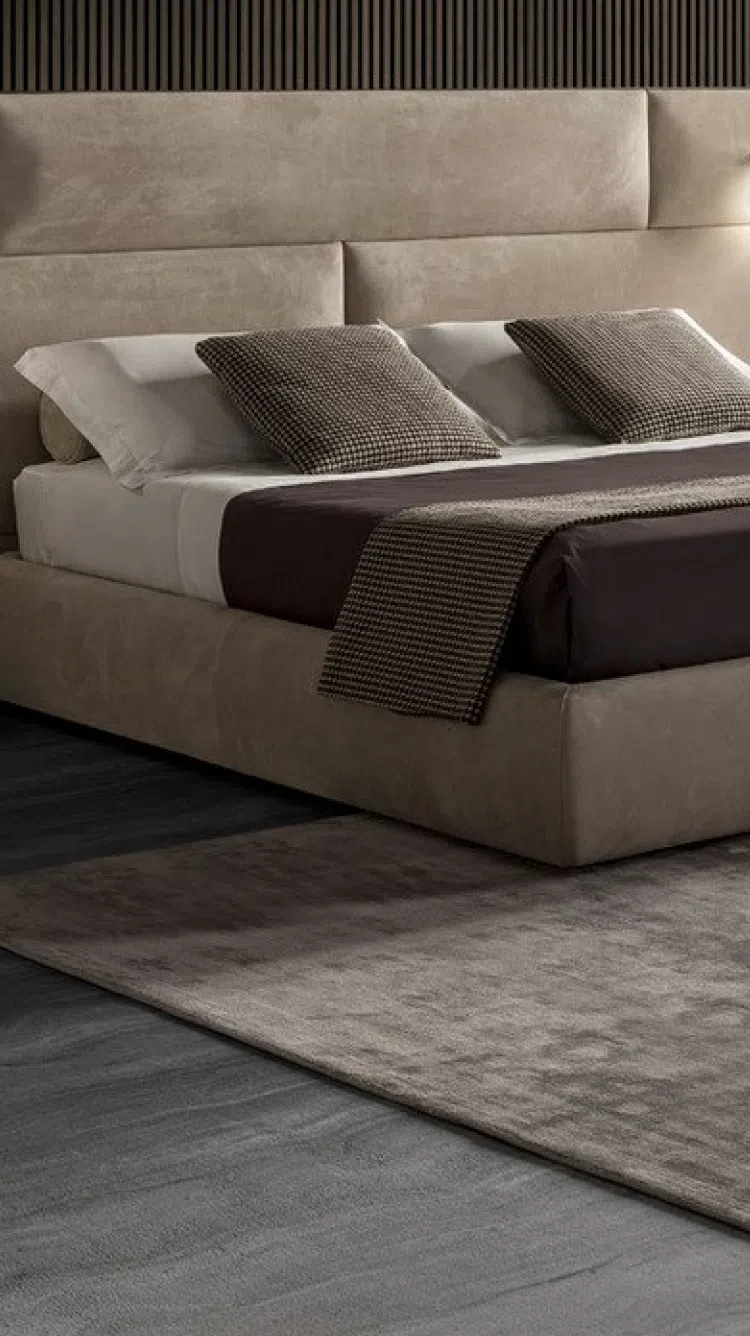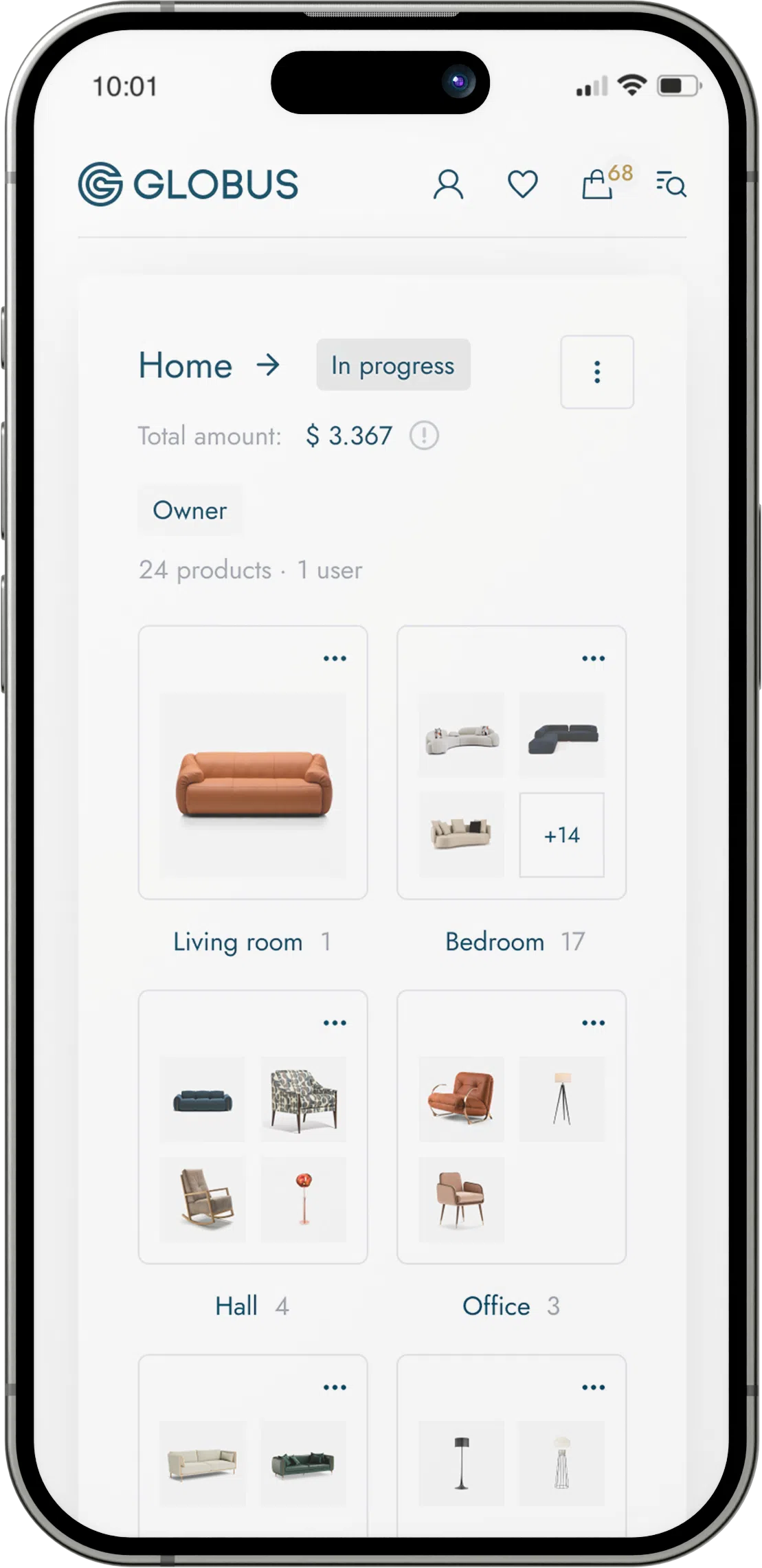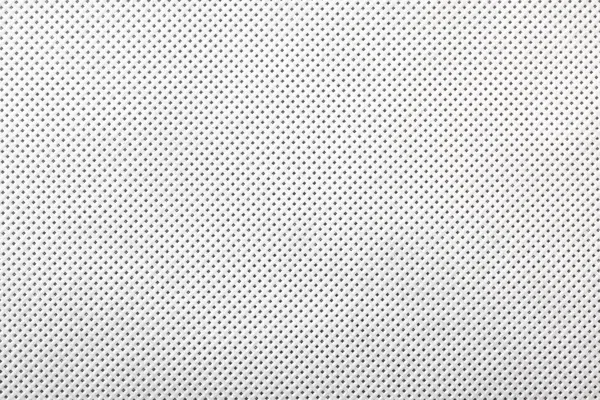Perforated fabric material consists of a sheet of fabric that has been punctured with a pattern of holes to create a specific design or for functional purposes. These materials can be manufactured from a wide range of textiles, including synthetics like polyester or nylon, natural fibers such as cotton or wool, or even leather and vinyl.
The key characteristics of perforated fabric material are breathability, reduced weight, and a unique aesthetic. The perforations allow air to flow through the material, which can help to regulate temperature and moisture when used in furniture design, such as in office chairs or athletic seating where ventilation is crucial for comfort. The holes also reduce the overall weight of the fabric, which can be beneficial in applications where lighter furniture is desirable.
From a design perspective, perforated fabrics can be engineered with various hole sizes, shapes, patterns, and densities to create visual interest and texture. This adaptability makes them suitable for a range of applications from modern, edgy designs to more traditional looks depending on the pattern and fabric used.
Durability of perforated fabrics varies depending on the base material and the size and density of the holes. A denser pattern with smaller holes typically retains more of the original strength of the fabric, while larger holes can compromise the material's integrity if not properly designed and supported. The edge finish of the perforations is also critical to prevent fraying or tearing, especially in high-stress applications.
When it comes to maintenance, perforated fabric materials can be easier to clean due to their flat surface and minimized textile pile. However, dirt and small debris can get caught in the holes, which may require more detailed cleaning efforts, such as vacuuming or using compressed air.
The application of perforated fabric material in furniture often includes seating and panel elements where comfort, cooling, acoustics (as the holes can absorb sound), or a specific appearance is desired. It is also used in the automotive industry for car seats, providing similar benefits of breathability and a unique appearance.
To ensure that a perforated fabric is suitable for a specific piece of furniture, considerations should be taken about the wear and tear the furniture is expected to endure, the environmental conditions it will be exposed to, and the demands of any safety standards required for the end use.



